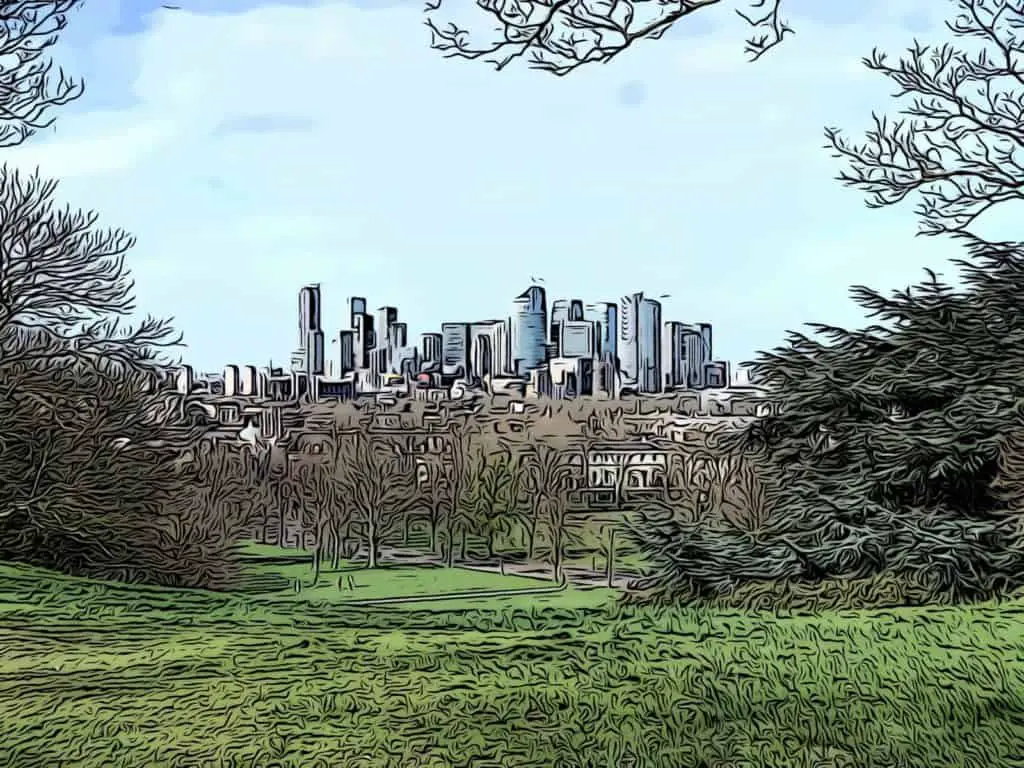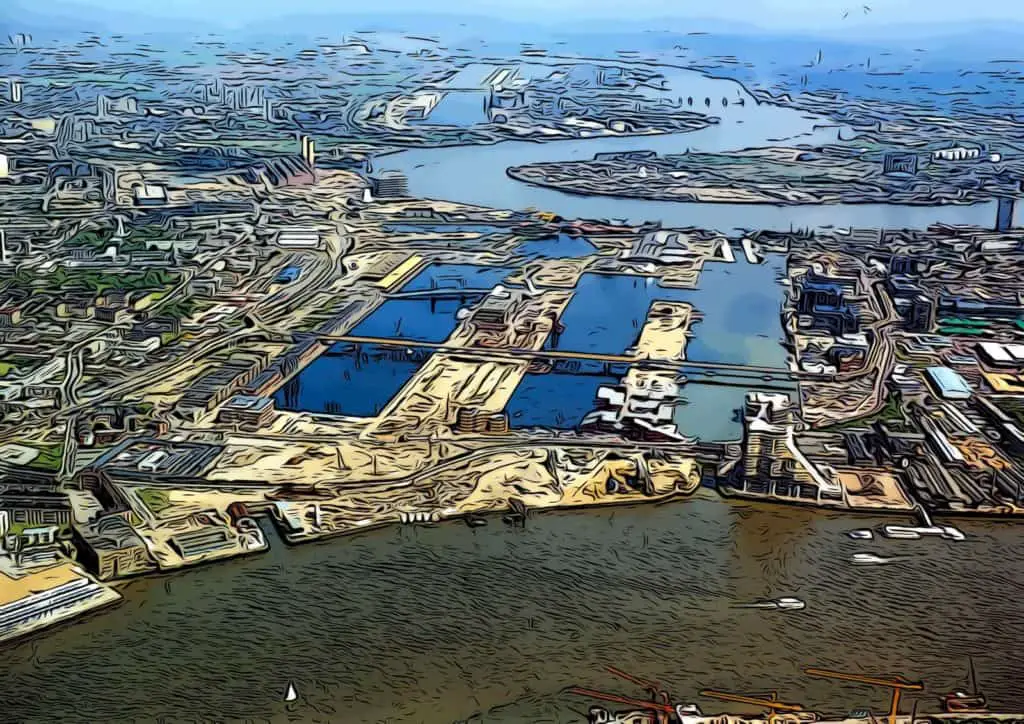Physical Address
304 North Cardinal St.
Dorchester Center, MA 02124

Naming Canary Wharf
How the docklands area got its name
Canary Wharf is a household name. Primarily known for finance, the area is now well-connected, home to some of the UK’s tallest buildings, and renowned for its high salaries!
But it hasn’t always been this way. The Isle of Dogs has a long and winding history, but the upper portion of docklands area only became known as Canary Wharf relatively recently.
Here’s the backstory to how Canary Wharf got its name, and a brief overview of the area’s history.
Canary Wharf officially took its name in 1937 — a result of the areas docklands history and its close links with the Canary Islands.
To find out why this small area of East London is associated with a collection of 8 tiny Islands 2900 km away, we need to go back through a very brief overview of the areas history.
This part of East London has had its fair share of change over the years:

In the present day, the area is well known for its financial status. However, arguably the Canary Wharf area’s most famous period was its time as a commercial docklands.
In the early 1900s, the connection between the Canary Islands and this area of the London Docklands — now know as Canary Wharf — finally begins.
This booming import business with a continuous supply of fruit ships arriving into the docks at Londons docklands, now called South Quay, prompted the fruit ship unloading dock to be referred to as the Canary docks.
Allegedly in 1937, when the import business “Let to Fruit Lines Limited” took over one of the docks full time, the Canary Wharf name became official.
A modern tribute to the crops imported from the Canary Islands and all over the world, can be seen at Crossrail Place, Canary Wharf’s crossrail station. Planting representing a selection of the cash crops brought to the docks has been created in the roof garden, a great free to visit public space in Canary Wharf.
Keeping the docklands history alive is popular with developers of new-build and renovation projects alike.
As a result, many of the newest developments in the Isle of Dogs area still sport names dating back to their original docklands usage!
Some people make references to wharf being related to the warehouses themselves, and there are plenty of warehouse conversions along the shore called wharves. There is also an urban myth that wharf is an acronym for warehouse at river front, but it doesn’t really stack up.
Wharf, quay, pier, and dock, are all seemingly interchangeable. They are all describing a man-made structure where boats are unloaded.
In addition, due to the complete overhaul in the 1980s the Canary Wharf estate is one of the few places in the docklands area that doesn’t really have any original warehouses that remain. Those warehouses that do remain are also often also referred to as Quays. As examples, South Quay and West India Quay — now both sporting flagship local developments — 1 West India Quay and South Quay Plaza.
So why is the modern area now called Canary Wharf? Luck really, it could quite easily have been possible for the area to be known as Canary Quay!